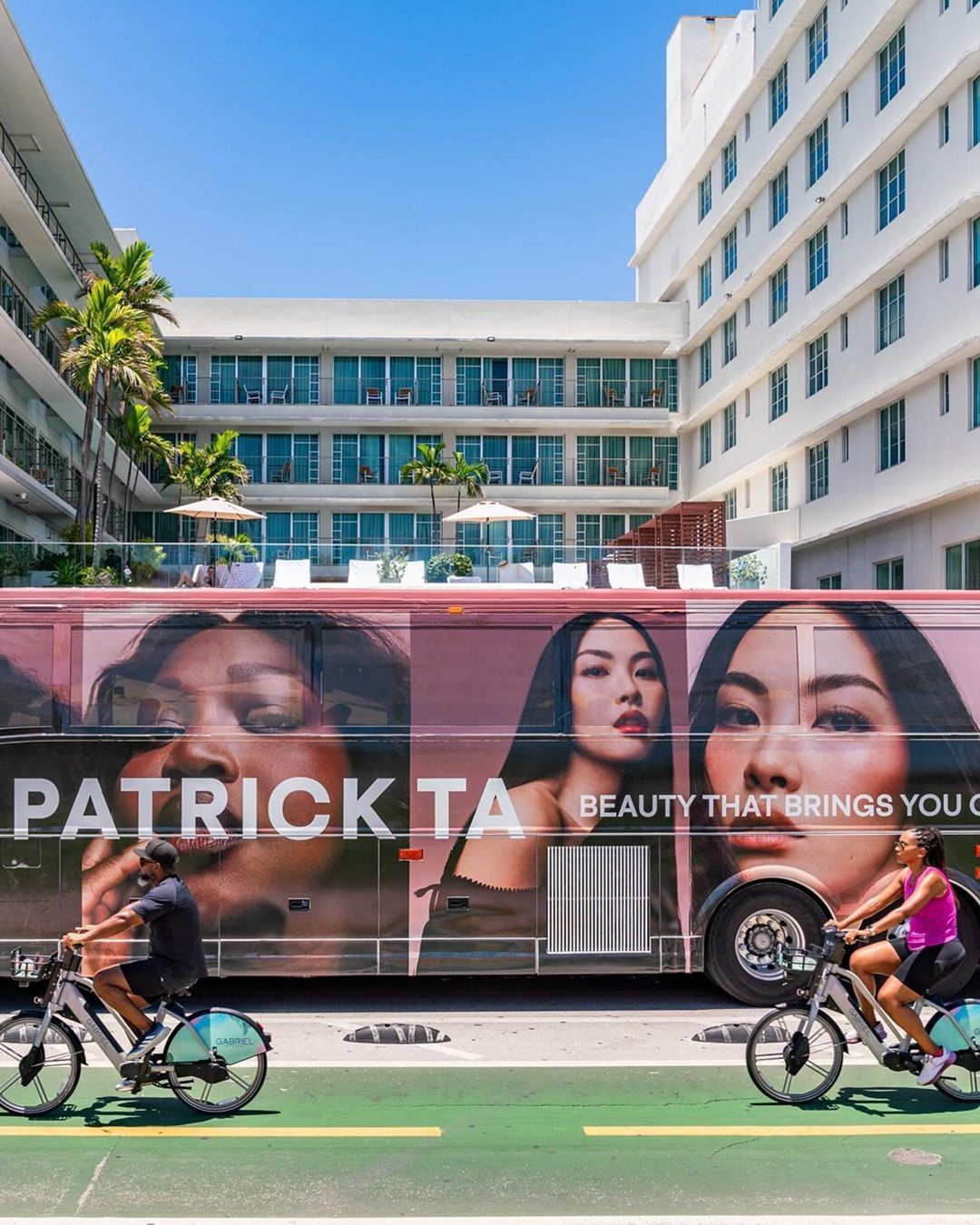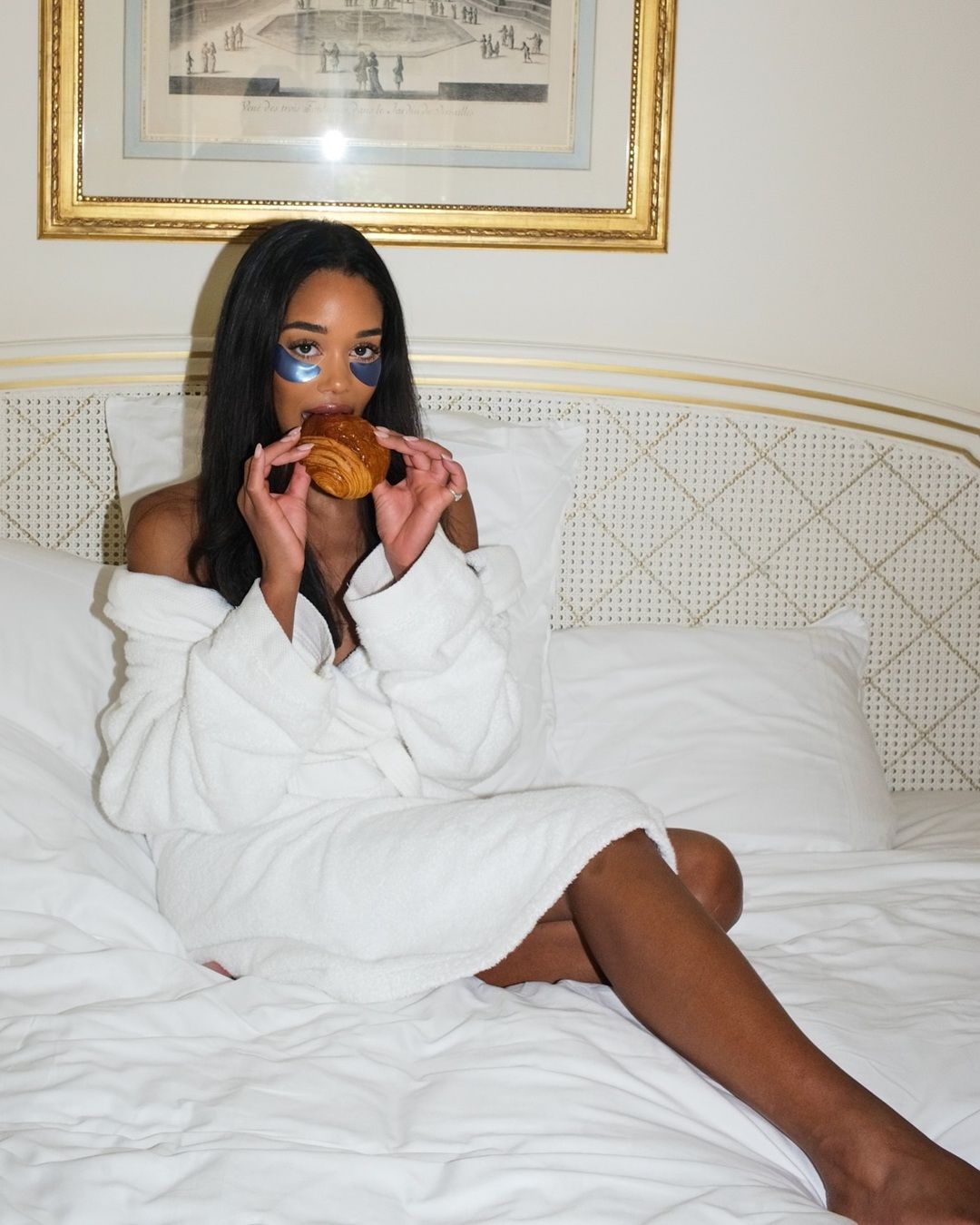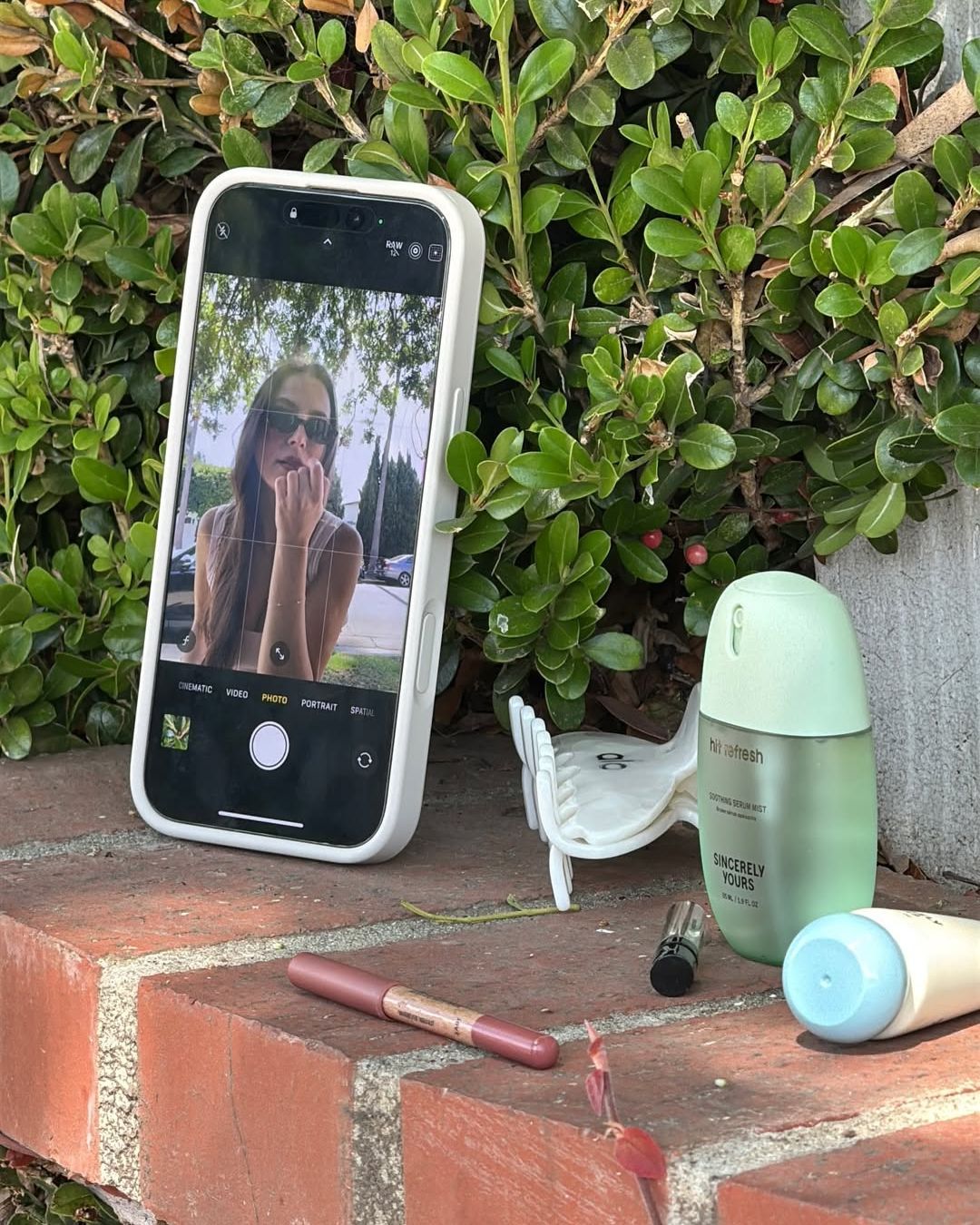
Is the future of beauty brands offline? To establish themselves and stand out, brands are rediscovering old school forms of advertising
The global cosmetics industry is a giant that is constantly evolving. Despite the economic crisis, it is growing at an impressive rate, with projections to reach 580 billion dollars by 2027. New brands, owned by celebrities and others, are continually emerging, adding to the major players. The market welcomes more innovative and attractive products every day, companies compete to hire influential spokespeople, and they are reshaping their workforce to maximize profitability. The competition is fierce, and standing out by best meeting consumer needs and convincing them to purchase your brand's products over competitors is incredibly challenging.
From Online to Offline
How can companies boost customer loyalty and retain clients? Generally, the answer lies in creating a community, making the best use of every online channel, starting with social networks. Digital-first strategies offer numerous advantages: they help understand the customer, contribute to building brand awareness, allow companies to adapt products to the market, and respond quickly to new trends. Moreover, they facilitate the creation of web marketing campaigns targeted more precisely at the brand's core audience, increasing impact through collaboration with celebrities and influencers who have a growing following and are eager to share content, along with their fans and family members. In essence, online, brands can easily create a universe of language and imagery that reflects what their company represents, making it easier to enter major retailers and win a spot on investors' and consumers' wishlists. However, this strategy has some downsides. For example, even when a digital campaign works well, it tends to reach buyers already within the brand's ecosystem and is limited to those who regularly use social media. In such a dynamic market, that's not enough. It's crucial to opt for omnichannel marketing, with a customer-centric approach that integrates all channels, offering a unified and coherent brand experience in physical stores, apps, and websites, while also complementing digital campaigns with Out-of-Home (OOH) advertising.
The Return of Old-School Advertising
In a sector overwhelmed with products and launches, OOH advertising, along with in-store shopping, creates a visible presence in the real world that is essential for building trust and brand recognition. Therefore, to stand out and expand their customer base, more and more digitally native beauty and personal care brands are opening retail stores, selling through supermarkets and local shops, setting up pop-up stores, and investing in old-school advertising formats such as billboards, taxi wraps, and wild posting. Among the brands that have recognized in recent months that consumers want to touch and test products and check out the packaging are Summer Fridays and Patrick Ta Beauty. The prestigious cosmetic line founded by the namesake makeup artist recently launched its first major out-of-home campaign, including billboards, an Times Square ad, and a TV commercial. The entire campaign revolves around the slogan "beauty that makes you stand out" and the concept of self-realization, focusing on the stories of first and second generation Americans to evoke emotion and engage potential customers.
The Case of Summer Fridays
The skincare brand Summer Fridays was founded by influencers Marianne Hewitt and Lauren Ireland, with the launch of what would become their bestseller: the Jet Lag Mask. Described as "the ultimate multitasking product for busy lives" this multi-use hydrating mask sold out within weeks, laying the foundation for a flourishing multimillion-dollar business (with projected retail sales of 200 million dollars by 2024). Over the past few years, the company has transformed into a lifestyle brand by expanding its offerings with effective, intuitive, and easy-to-use products, such as its famous Lip Butter Balm (one is sold every eight seconds worldwide), all featuring pastel colors and elegant aluminum packaging. The secrets to Summer Fridays' success? A combination of aesthetically pleasing, Instagrammable products, effective formulas, and an online community that established a direct line with consumers, allowing the brand to create products that align with the desires of its target audience.
Recently, aware that a community-driven and digital marketing approach, though essential, isn't enough to reach a broader audience and potential customers, Summer Fridays began exploring offline strategies. It hosted pop-up events with matching merchandise and launched various out-of-home advertising campaigns. The brand wrapped London taxis with its imagery to celebrate its UK launch, branded the sides of Hampton Jitney buses, decorated TSA trash bins at airport security, placed billboards at LAX's busiest terminal, and customized security trays with the Summer Fridays logo. Strategically, aiming for a halo effect, they often positioned OOH ads near Sephora, one of their major retailers, or included text indicating the product's availability there—all designed to maximize the campaign's impact.
Why Beauty Brands Should Embrace Offline?
Implementing OOH advertising provides beauty brands with a powerful way to reach, engage, and expand their audience, as long as the strategy is well-conceived. Goals need to be clearly defined, the target audience identified, and strategic locations selected. Compelling visuals should effectively showcase the benefits and results of products, paired with clear, concise slogans that are easy to read from a distance. The advantages include the opportunity to reach a broad and diverse audience, create intergenerational appeal, and increase the impact and memorability of advertising campaigns, as they become part of everyday life. Together with online efforts, offline strategies help form a strong brand awareness and boost sales.
























































